Top Photo: Troops crouch inside a LCVP landing craft, just before landing on Omaha Beach on D-Day, 6 June 1944. Photograph from the U.S. Coast Guard Collection in the U.S. National Archives.
As we remember and commemorate the D-Day invasion of June 6, 1944, it is important to understand that this event did not just occur as coincidence of efforts. The movement of more than 156,000 Allied troops ashore with an accompanying flotilla of almost 7,000 vessels and an aerial umbrella of over 11,000 aircraft of various types required careful and detailed planning. In addition, the plan also had to be flexible and resilient enough to respond to enemy action and the associated “fog and friction of war.” Developing this plan took years with extensive coordination between the Allied nations, the various services, and countless supporting institutions. While the Overlord plan evolved over the course of time, the basis of the amphibious assault rested upon a set of components that established a framework for the cross-channel assault. These components and the associated framework evolved during the interwar period, years before American involvement in World War II.
Amphibious assaults are among the most difficult military operations to execute. The movement of men and material in a coordinated effort from either ship-to-shore or shore-to-shore historically involved landing on a beach or littoral area where enemy forces were absent followed by a subsequent movement inland. In World War I, the 1915 Australian-New Zealand and French effort in the Dardanelles to knock out the Ottoman Empire underscored the problematic nature of amphibious assaults. With the advent of modern weapons such as long-range artillery, machine guns, and aircraft, the Allied landings against the Turks ended in disaster. Given this modern precedent, most nations swore off the idea of amphibious assault and placed it in the “too hard to do” category.
As tensions grew with an increasingly aggressive Japanese Empire, American military leaders soon envisioned a Pacific war. Under orders from US Marine Corps Commandant John Lejeune, Major “Pete” Ellis made surveys of various islands in the western Pacific to determine requirements should the Corps have to seize and defend advance naval bases in a campaign against the Japanese. Done in 1921, Ellis’s detailed and brilliant study framed the various problems inherent in amphibious assault. In his groundbreaking work Operation Plan 712: Advance Base Operations in Micronesia, Ellis determined the basic strategy, material, organization, and doctrinal requirements needed if the Marines had to attack fixed positions on Japanese-held islands. While Ellis would mysteriously disappear in the Palaus in 1923, his work served as the foundation for future Marine Corps studies regarding amphibious operations.
Throughout the interwar period, the Marines focused their efforts on the mission of amphibious assault and in 1934 published the Tentative Landing Manual, which, with continued refinement, served as the foundation for future efforts to develop amphibious assault doctrine. In 1938, the US Navy published Fleet Training Publication 167 Landing Operations Doctrine, which fully embraced and codified American amphibious doctrine. This served as the foundation for amphibious operations at the advent of American entry into the war. However, the US Army was not particularly interested in the idea of amphibious assault as it expected a repeat of World War I—a benign entry onto a distant continent. While the service did conduct some amphibious exercises during the interwar period, Major General John P. Lucas, commanding general of the Army’s 3rd Infantry Division, concluded that the prewar training was “unwieldly, ineffective, and dangerous.” Leveraging the naval service efforts in June 1941, the Army published Field Manual (FM) 31-5 Landing Operations on Hostile Shores. FM 31-5 gave direct credit to the naval services, stating that the subject matter and the illustrations were taken from landing operations doctrine of 1938.
These publications set forth the framework that would underpin all US amphibious assaults during World War II. Regardless of theater, this doctrine guided every littoral operation conducted by US forces, from islands in the Pacific to the beaches of Normandy. Certainly, new tactics, techniques, procedures, and material solutions came about that modified the doctrine, but the nation had an excellent foundation as it developed its ability to introduce forces onto hostile shores. Keynote to this doctrine was its identification of six components of amphibious assault. These six provided the framework not only for the command and assembly of amphibious task forces but for actions required during the assault, including conduct for subsequent operations ashore. These six are defined as: Command and Control, Ship-to-Shore Movement, Naval Fires Support, Air Support, Establishment of a Beach Head, and Communications and Logistics. To fully understand the complexity and difficulty of Operation Overlord, an appreciation of these components is required.
Command and Control
The first component deals with command relationships. Since amphibious operations are inherently joint endeavors, meaning the various services must work together, who is charge? Is the Army or Marine Corps general in command or is it a Navy admiral? Furthermore, in such an environment what military service is responsible for a given function and at what time during the operation? Furthermore, what roles do the services play and in what domains (air, land, and sea)? Where and when does a service commander have authority to make certain decisions at a given time? The doctrine eventually named the Navy Commander of the Amphibious Task Force (CATF), as the primary lead while at sea with the Commander of the Landing Force (CLF) (usually a Marine or soldier) subordinate to his Navy counterpart while under way. However, during execution when the assault landing craft have crossed the “line of departure” the CLF becomes the “supported” command while the CATF is now placed in a “supporting” role. Obviously developing such authorities require great understanding and nuance as line of authority could quickly get confused in the heat of battle.
For Overlord, the overall commander of the Allied naval force was Royal Navy Admiral Bertram Ramsay. His American subordinate, US Navy Admiral Alan G. Kirk, commanded both the Omaha and Utah Beach assault fleets of the Western Task Force (designated CTF 122). Two task forces supported the US effort. Under Kirk, “Force O” conducted the landings at Omaha and was led by Rear Admiral John Hall, while Admiral Don Moon commanded “Force U” assaulting Utah Beach. With Hall and Moon serving as CATFs for their respective beaches, their associated CLFs were MG Leonard Gerow commanding V Corps at Omaha with Major General Lawton Collins’s VII Corps at Utah.
Ship-to-shore Movement
Ship-to-shore movement addresses how assault forces embark upon a landing craft, traverse the expanse to shore, and offload on the objective beach. Once loaded with men and materials, traveling to the shore requires watercraft or vessels that are capable of operating in surf zones and dealing with local tidal variations and shore hydrography. Not only does this movement require landing craft of various types and capabilities, but it also requires a controlled and orderly movement in the objective area that is already crowded with other ships and potentially under enemy fire. Such movement requires coxswains capable of handling their crafts in unfamiliar and dangerous environments. An assault’s success is largely dependent upon building combat power ashore quickly. This requires an organized and timely movement to the objective beach with follow-on or “on call” waves landing as quickly as possible. After placing forces ashore, landing craft need to exit the surf zone and transit back to the offshore fleet for movement of subsequent waves. This process continues until more robust or permanent facilities are established in the shoreline.
For this operation, the Allied forces included a mix of landing craft. These ranged from the small Landing Craft Vehicle Personnel (LCVP) and Landing Craft Infantry (LCI) to move men ashore to the larger Landing Craft Tank (LCT) capable of moving tanks, trucks, and armored vehicles ashore. Perhaps the most important platform for ship-to-shore movement was the Landing Ship Tank (LST). These simple but highly useful platforms carried bulk logistics and other cargoes straight to the beach without need of a pier or port infrastructure. The orchestration and mix of these vessels during the initial phases of the operation were key to the development of combat power. Furthermore, operation of these crafts required coxswains or captains with sufficient seamanship skill to deal with the environment.
Naval Fire Support
The Naval Fire Support (NFS) component allows landing forces to move toward the beach and land ashore when traditional ground-based artillery fire is limited. To help open the door for the landing, the large guns on naval warships can engage enemy targets, destroy defensive positions, and prepare the landing beach for the assault. Naval guns provide the firepower needed until ground-based artillery transitions ashore and can fully support the landing force. However, the proximity between troops ashore and the impact of naval fires is relatively small. Such close proximity requires extensive liaison between the landing forces and the naval gunners. Close coordination and communication between the forces ashore and gunners afloat is an imperative.
For D-Day the bombardment flotilla consisted of at least three battleships, three heavy cruisers, six light cruisers, and 22 destroyers. While the pre–H-Hour bombardment did not reduce German defensive positions as much as planners hoped, naval fires were still an important part of the assault. With the initial waves under direct enemy fire along Omaha Beach, Navy destroyers sailed within a few hundred yards of the shore and engaged German positions. In this effort, many of the vessels had only a few inches of water between their keel and the sand. In some instances, the destroyers took direct fire from German gunners ashore while supporting the landing forces.
Air Support
Like NFS, air support is also another component enabling forcible entry. World War I saw the emergence of specific roles and missions for airplanes to include Close Air Support (CAS) and Battlefield Air Interdiction (BAI). CAS supports troops in direct contact with the enemy while BAI helps shape the battlespace by striking enemy formations beyond the battlefield. While naval guns provide fire support during the initial landings, these rounds they fire have relatively flat trajectories and are unable to hit targets behind berms or hills. Given these limitations, airplanes can fill in and augment when NFS is unable to engage targets ashore. Inherently flexible, aircraft can strike enemy positions in defilade from NFS and respond quickly to “on call” taskings, providing significant amounts of fire power.
For Overlord, the Eighth and Ninth Air Forces provided support during the amphibious assault. While the heavy and medium bombers intended to destroy German positions on or near the shoreline on the morning of June 6, most of the aircrews dropped their bombs long and failed to hit their targets. However, as Allied forces moved from ship-to-shore and fought their way inland, they did so with plenty of protective aircover overhead and without significant interference from the Luftwaffe. In addition to providing cover over the English Channel for the landings, American airmen flew BAI missions inland striking German formations heading for the invasion beaches.
Establishment of a Beach Head
Once an amphibious force comes ashore, it must consolidate the initial gains and establish a defensive perimeter. Such action falls under the component of beach head establishment. Creating a secure toehold on the assault beach allows additional troops and supplies to arrive ashore creating more combat power for subsequent operations. With a secure perimeter established, follow-on forces begin to organize for the systematic movement of men and material preventing chaos ashore. Incoming men and material need to be received, assessed, and then stored/assigned so they are readily available when required. Conversely, beach head establishment allows for the initial treatment and evacuation of the wounded with medical personnel collecting casualties for their return to ships offshore.
During Overlord, V and VII Corps established defensive perimeters augmented by air and naval gunfire support. Receiving more men and materials along Utah and Omaha Beaches were Army Engineer Support Battalions (ESBs) working with Navy Beach Battalions (NBBs) to organize the beach. Generally, a division of labor had Navy organizations responsible for the receipt and movement of materials up to the high-water mark, with Army ESB responsible for organizing the beach past this feature. With such teamwork in place, the joint effort helped preclude chaos on the newly liberated French beaches.
Communications and Logistics
Lasty communication and logistics provide key links for the assault force. Modern military operations require the ability to communicate with ships afloat, aircraft above, the forces coming ashore, as well as other supporting elements. To fully command, control, and coordinate all the resources of an amphibious task force, establishment of sufficient and secure radio/communication networks are required. Furthermore, the management of logistical support ashore and afloat are key to maintaining the offensive initiative. Providing the various classes of supply, namely food, water, ammunition, and fuel from the amphibious task force to forces ashore must be organized for distribution inland.
Planners required some 9,000 transmitters for Operation Overlord. With so many radios in the area using a limited number of frequencies, steps had to be taken to manage the electromagnetic spectrum and preclude network interference. With this massive communications requirement SHAEF headquarters published 21 different sets of instructions, annexes, and charts to better manage and organize radio communications. Similarly, the size of the operation logistics requirement grew with more men and material coming ashore. This required a robust logistical supply line that included fuel pipelines spanning the Channel floor, barges loaded with supplies, hundreds of LSTs disgorging vehicles and supplies, and even man-made ports known as Mulberries.
Given the importance of the Normandy assault, the Overlord plan had to be robust and flexible while accounting for all six components of amphibious assault. These components were derived from the doctrine written before the war, and indeed stood up to the test of combat. While modifications and adjustment were certainly required, this framework gave the Allied forces a solid foundation for forcible entry operations. Perhaps the best testament to the doctrine used by the Allied forces came from Marine Corp Commandant and Medal of Honor winner General A. A. Vandegrift who stated in 1948:
Despite its outstanding record as a combat force in the past war, the Marine Corps' far greater contribution to victory was doctrinal: that is, the fact that the basic amphibious doctrines which carried Allied troops over every beachhead of World War II had been largely shaped—often in face of uninterested or doubting military orthodoxy—by US Marines, and mainly between 1922 and 1935.
Clearly the victory over the Axis powers was a combined Allied effort with contributions from a host of nations. However, established American doctrine and its associated components resonated on every assault upon enemy shorelines. Written by the Marines, established by the Navy, and embraced by the Army, this doctrine underpinned the successful assaults in both theaters. The men, material, and processes required for Normandy was something wholly new in military history and was conducted on an unprecedented scale. Only the Americans could accomplish such a feat.
John Curatola, PhD
John Curatola, PhD, is the Samuel Zemurray Stone Senior Historian at the Jenny Craig Institute for the Study of War and Democracy.
Cite this article:
MLA Citation:
APA Citation:
Chicago Style Citation:
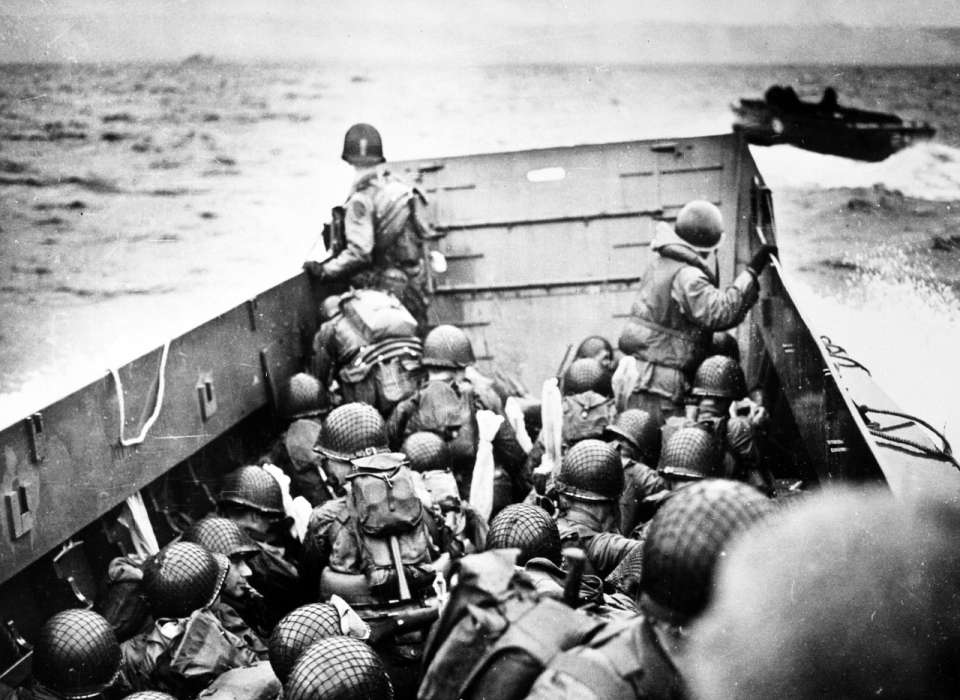
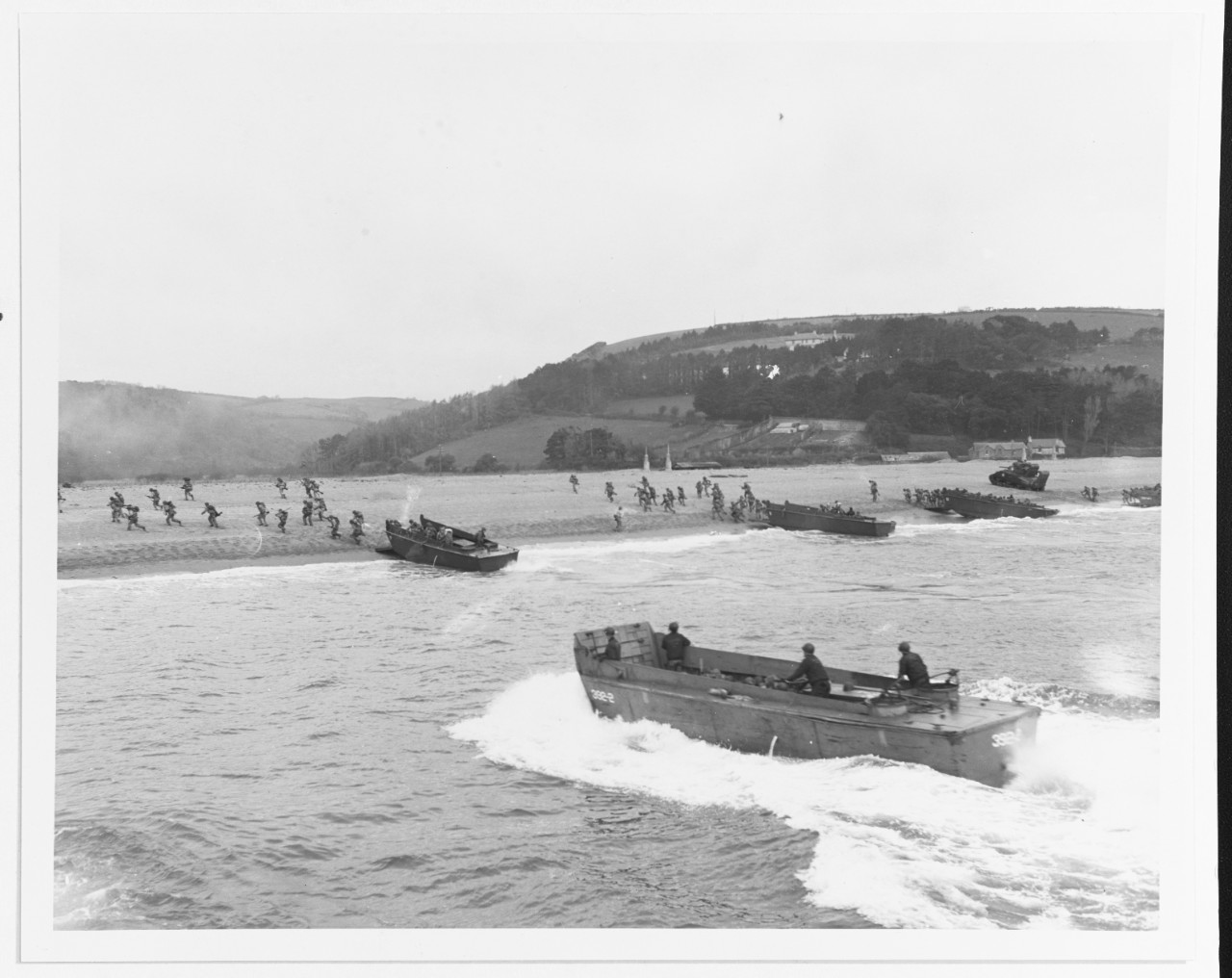
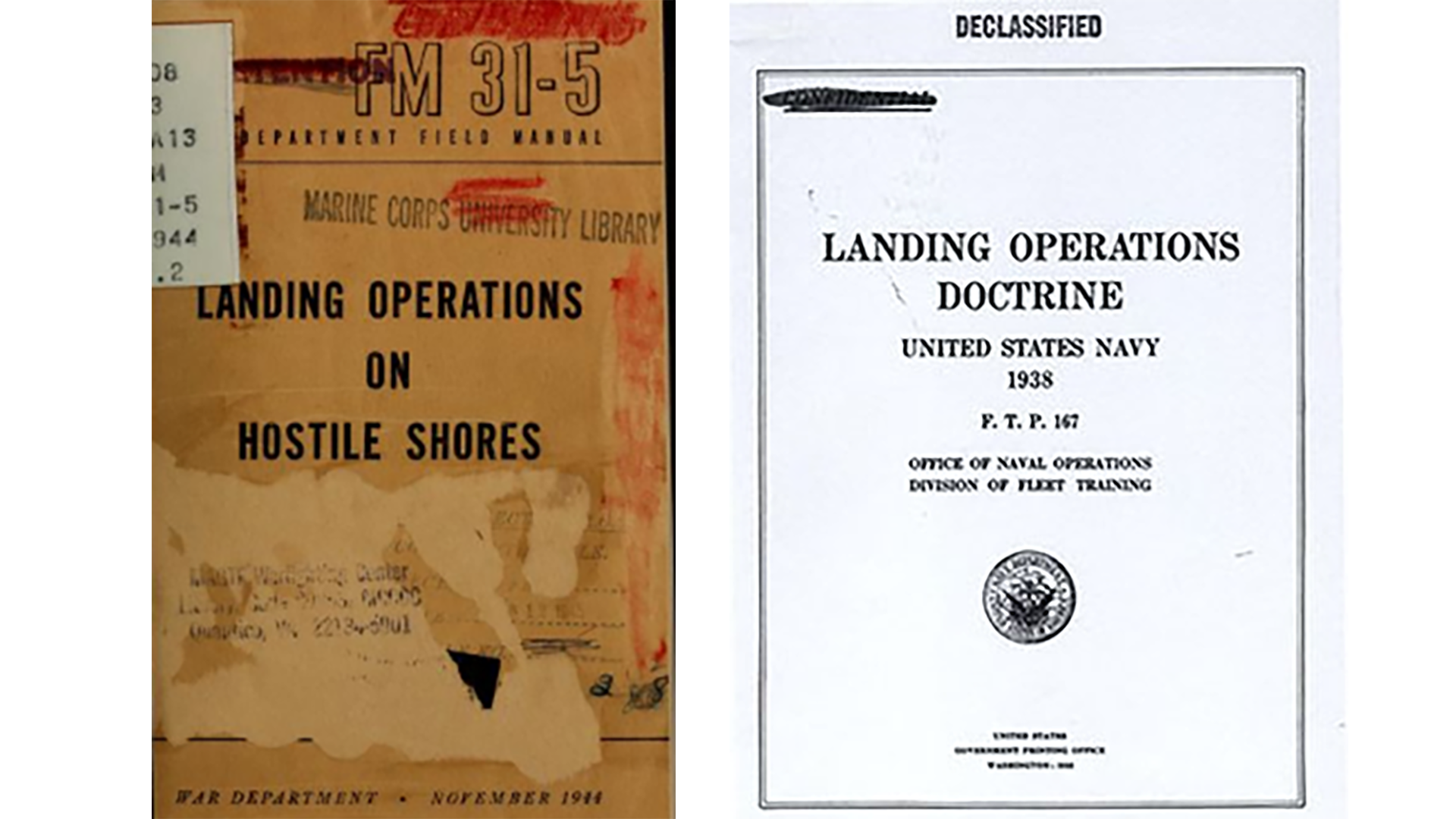
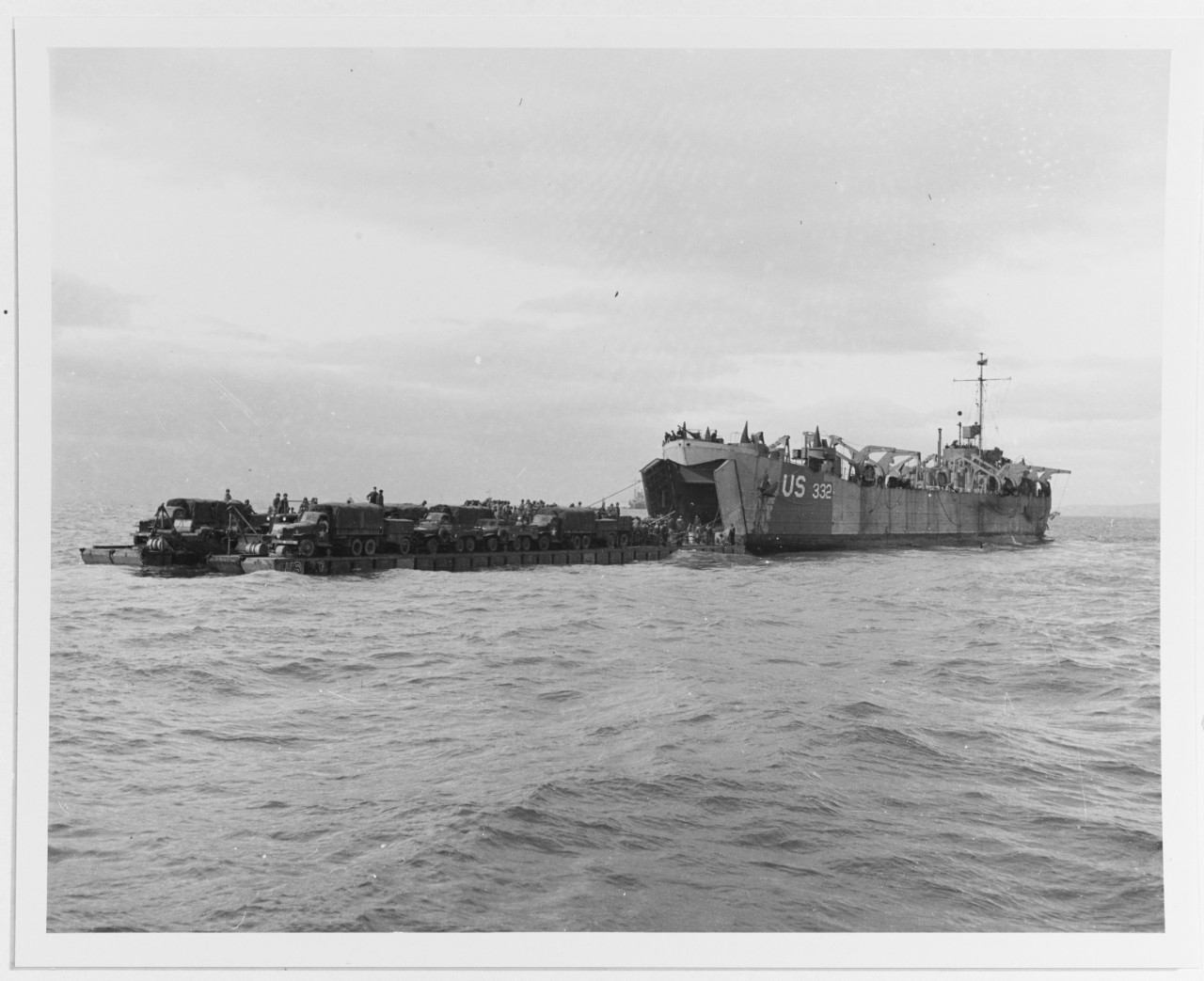
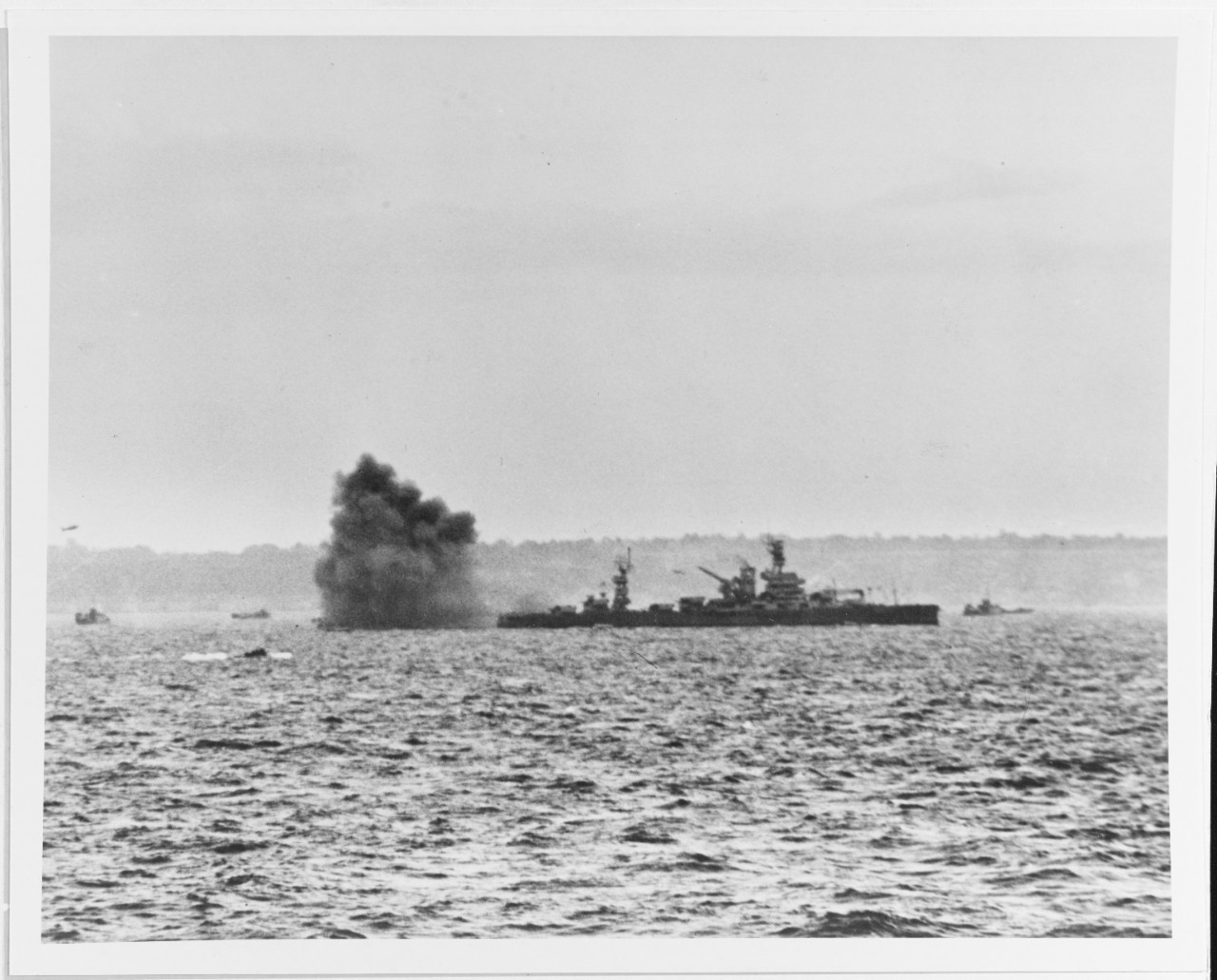
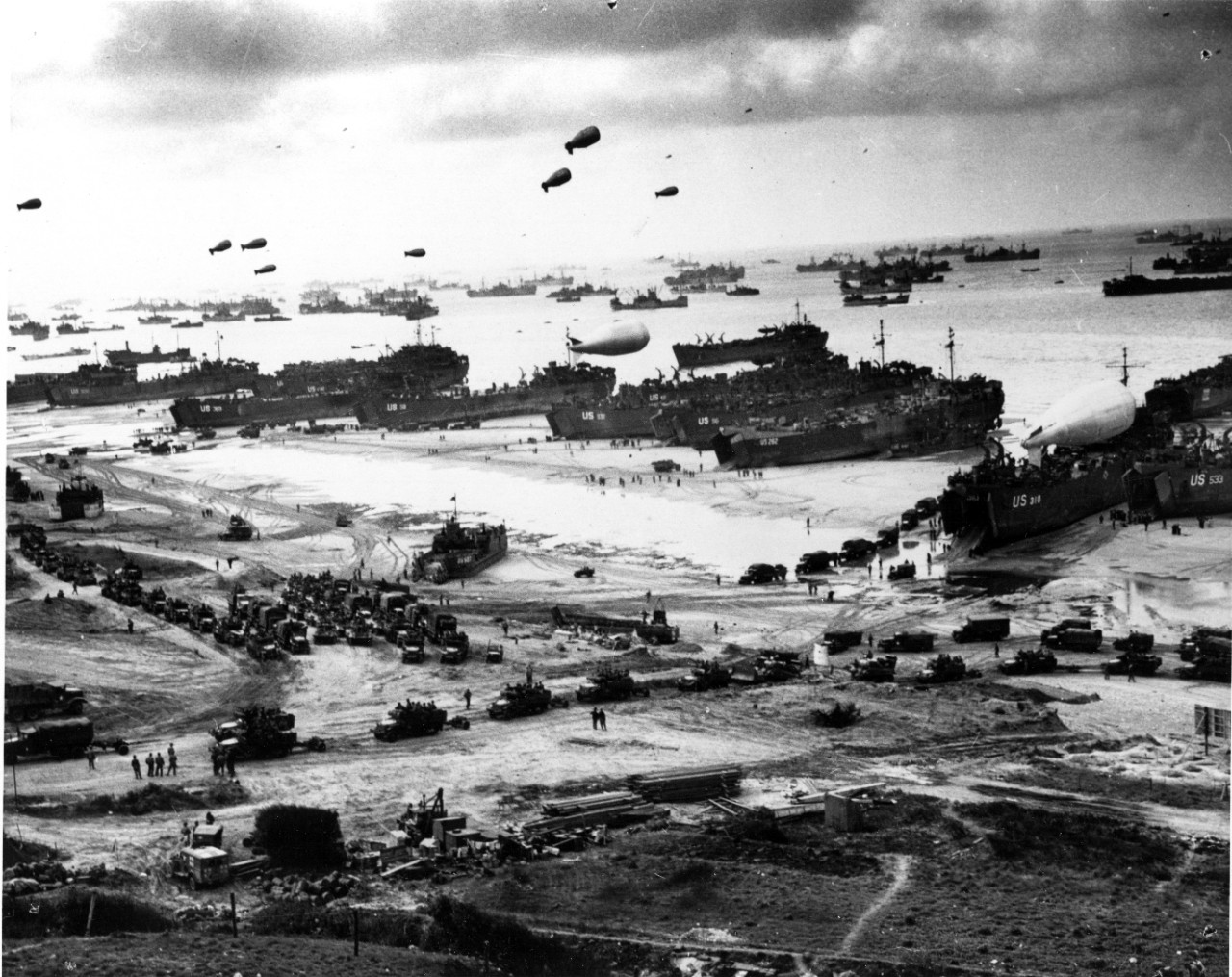


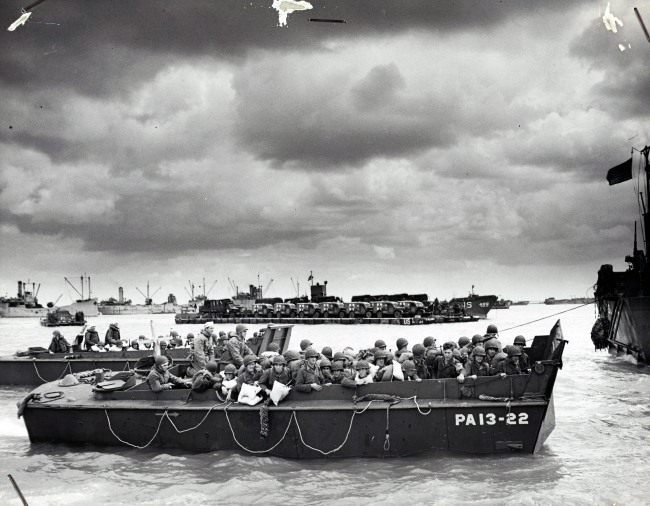
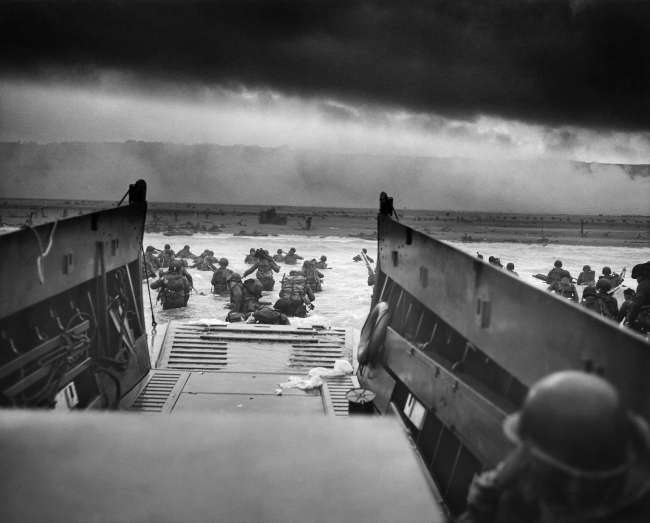



![Max Fuchs, New York City cantor, sings as Rabbi Sydney [sic] Lefkowitz, Richmond, VA, conducts the first Jewish services from Germany.](/sites/default/files/styles/max_650x650/public/2025-10/image1.jpg)



